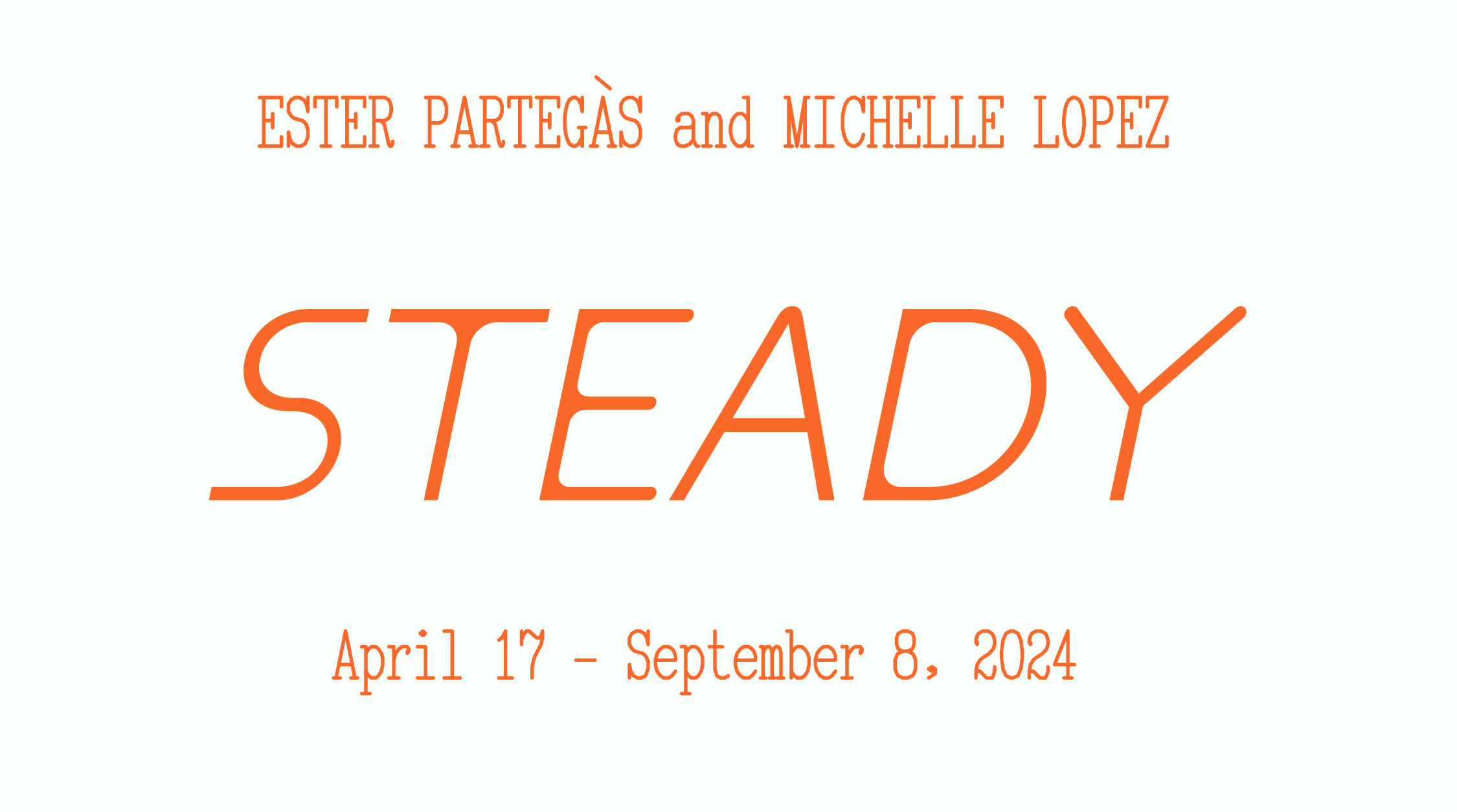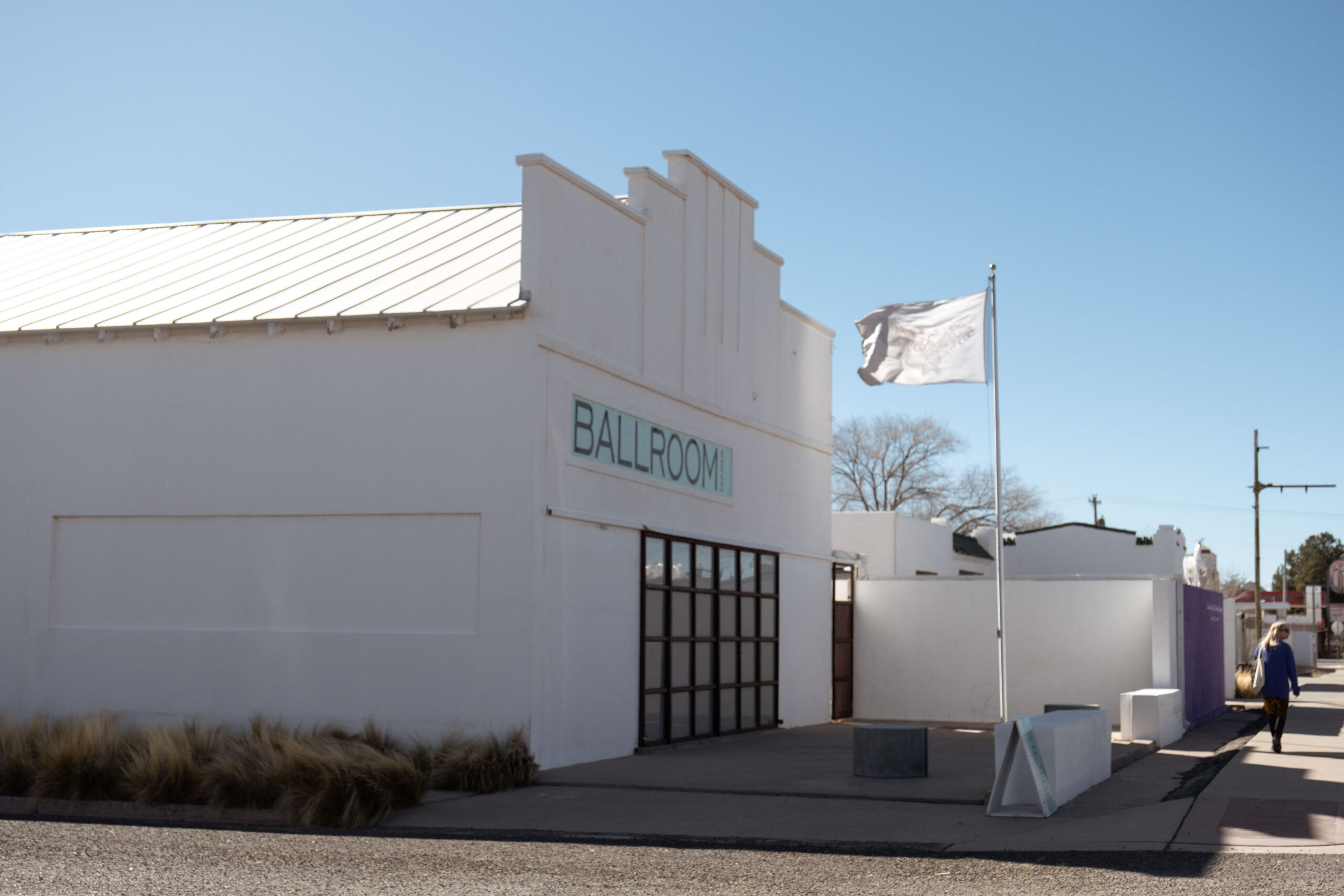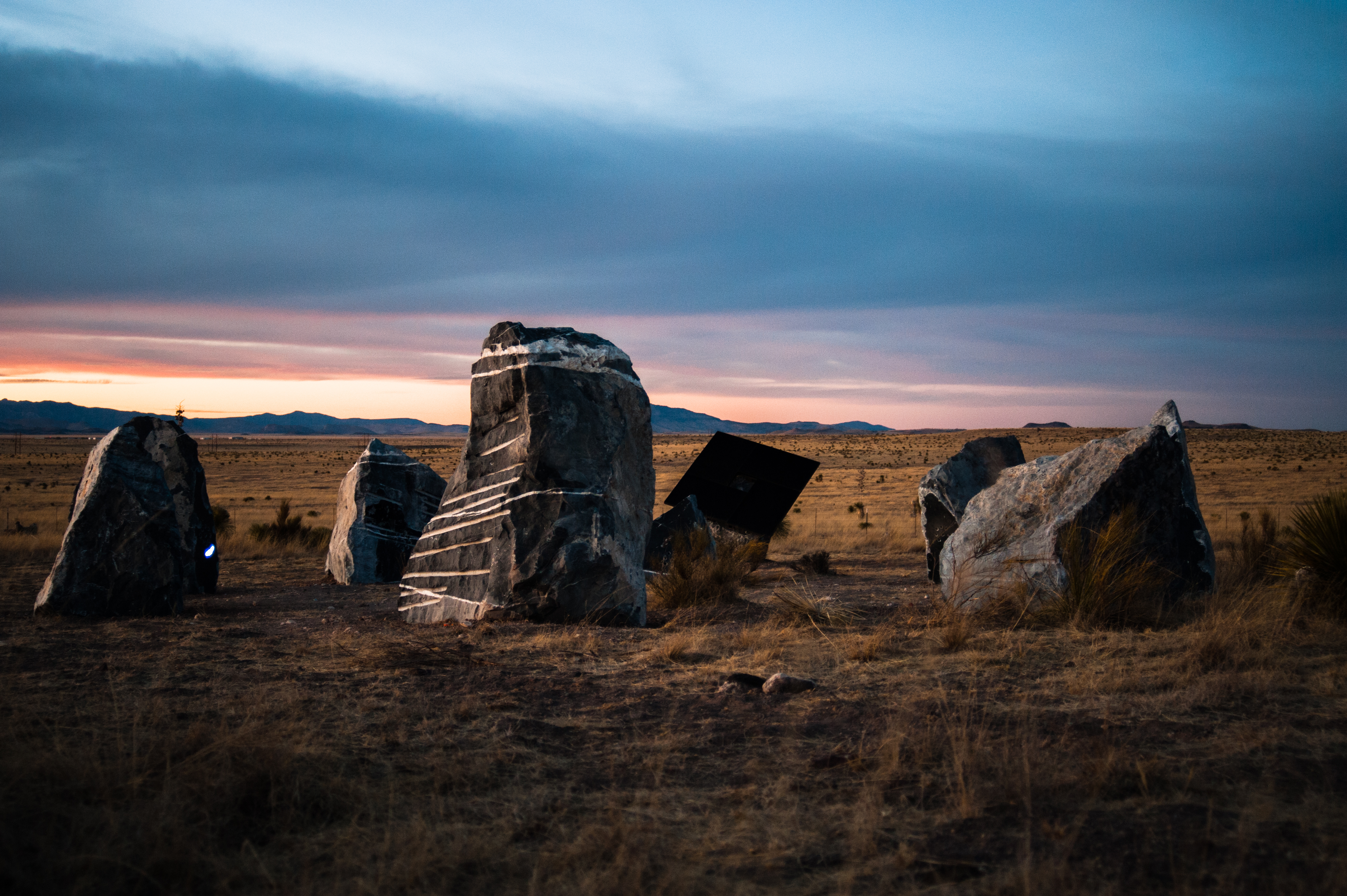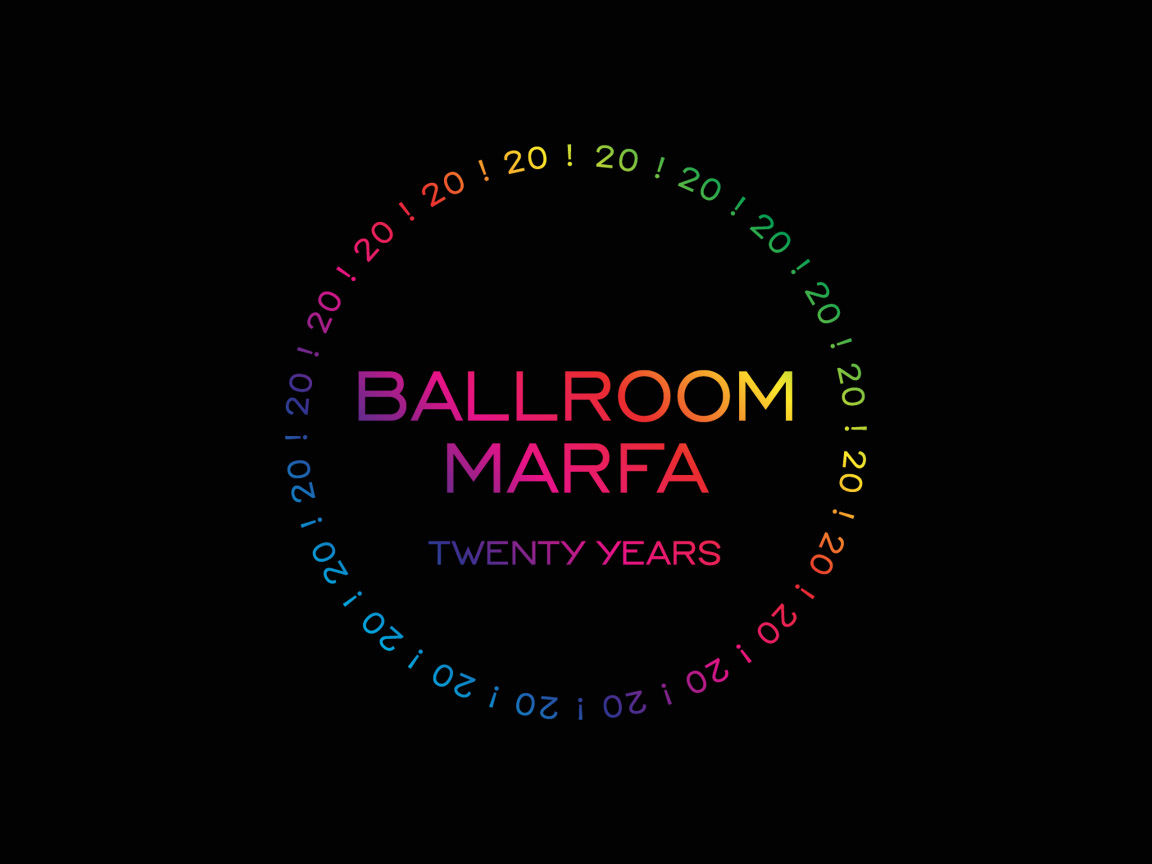Vogue on “The Evolution of Prada Marfa”
29 Apr 2014

Photo: Thessaly La Force
Vogue‘s Thessaly La Force and Katherine Bernard recently visited Prada Marfa (post-vandalism) with friend of Ballroom, Alec Friedman. La Force recounts her experience of the work and discusses its continued evolution.
An excerpt:
“The installation was initially meant as a sort of an experiment,” Elmgreen & Dragset explained recently (the two were in Hong Kong for the opening of a new show at Perrotin). “We really wanted to see what could happen if one would make a fusion of pop and Land art. It was also meant as a comment on branding and consumerist culture.” The sculpture was announced in the fall in The New York Times. “We loved the idea of the piece being born on October 1 and that it will never again be maintained,” Villareal told Eric Wilson of the Times. “If someone spray-paints graffiti or a cowboy decides to use it as target practice or maybe a mouse or a muskrat makes a home in it, 50 years from now it will be a ruin that is a reflection of the time it was made.”
But since then, Prada Marfa has become such a target for vandalism that the spirit of the sculpture has changed. Within days of its unveiling in 2005, a thief broke the windows and ran off with the loot. The bags were replaced with GPS trackers, and their bottoms were cut out to discourage further theft….
In a way, this all seemed manageable until earlier this March, when a serious act of vandalism wrecked the sculpture. Prada Marfa was haphazardly splashed in blue paint on either sides; its awning was slashed; and the vandal tacked on incomprehensible signs with a strong adhesive glue that ruined the storefront’s Plexiglas….
When we arrived at Prada Marfa, it was disappointing to behold the damage. The slashed awning and the smears of brown glue on the windows diminished the elegant spectacle it had once been—we walked past the blue-painted adobe walls and peered at the preserved handbags and the shoes. But it was still, in a way, strange beauty in the middle of the desert. And so we posed, like everyone before us, and hopefully everyone after. Later, I would find this quote from Miuccia Prada: “Nostalgia is a very complicated subject for me. I’m attracted by nostalgia but I refuse it intellectually.” But whatever it is—Prada Marfa has its own life now. “It has turned into something beyond our control,” Elmgreen & Dragset said. “And that is the best thing an artist can experience. As artists we are only here in order to trigger a debate, to provide platforms for other people’s interpretations.”
To continue reading, visit Vogue.
If you would like to learn more about Prada Marfa, please read Ballroom’s updated Explainer.




